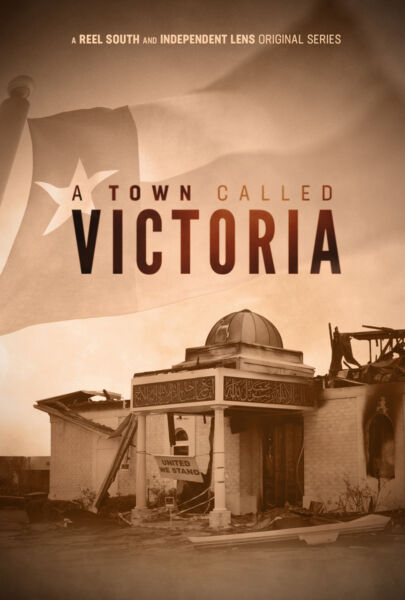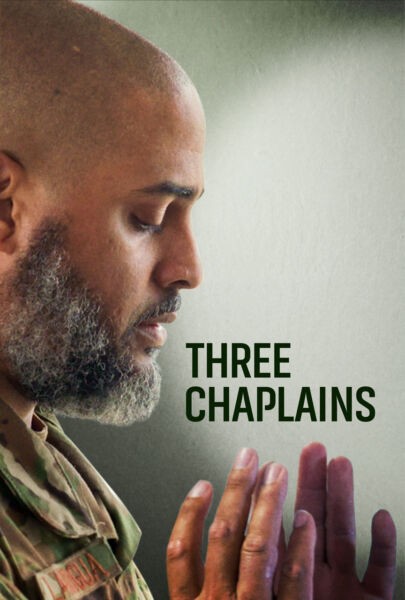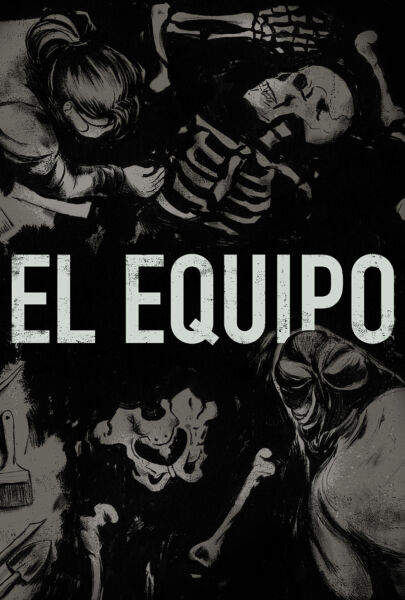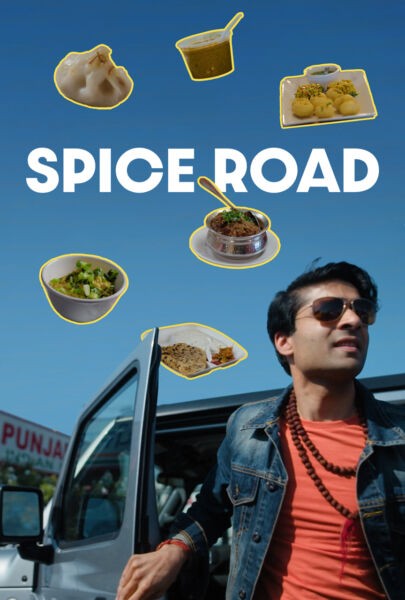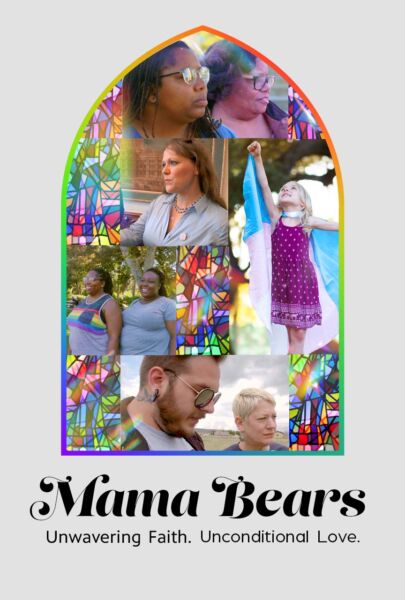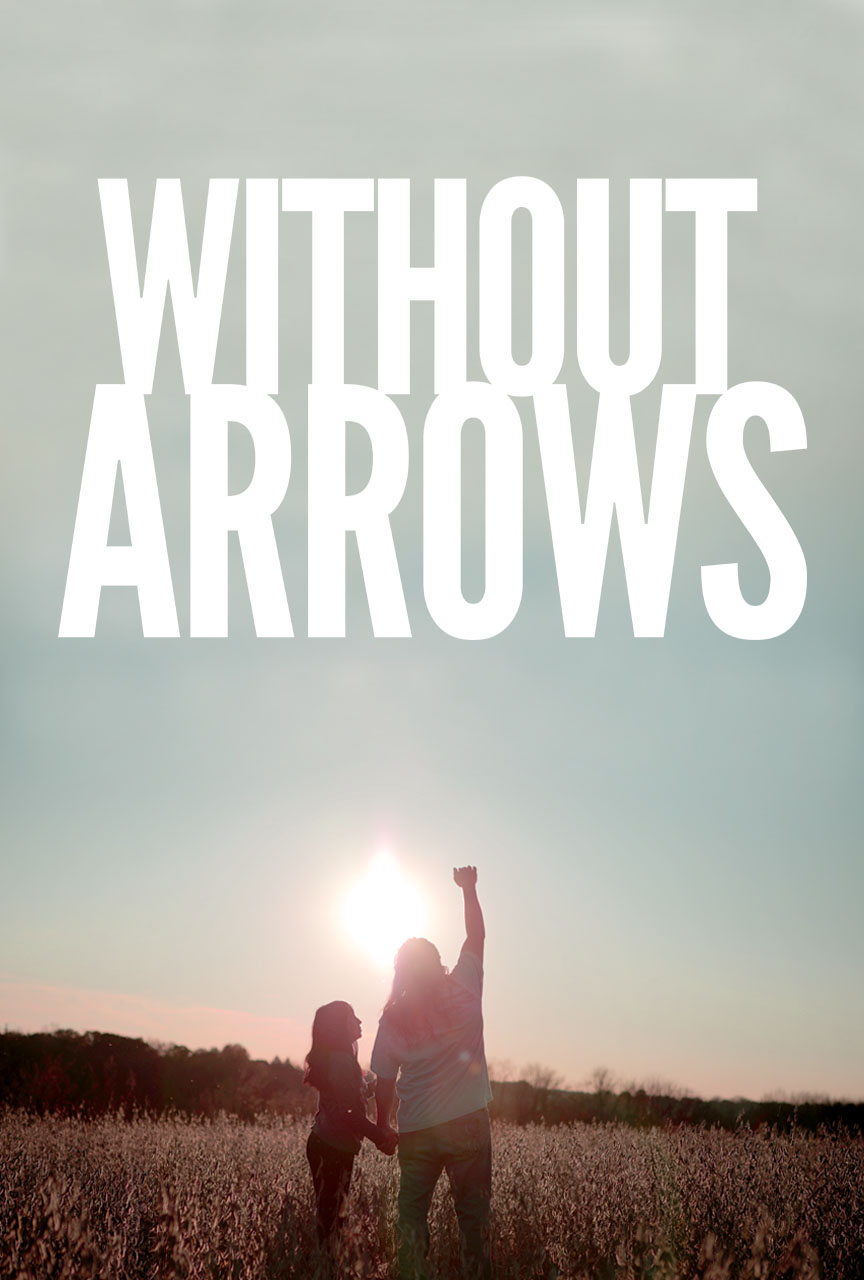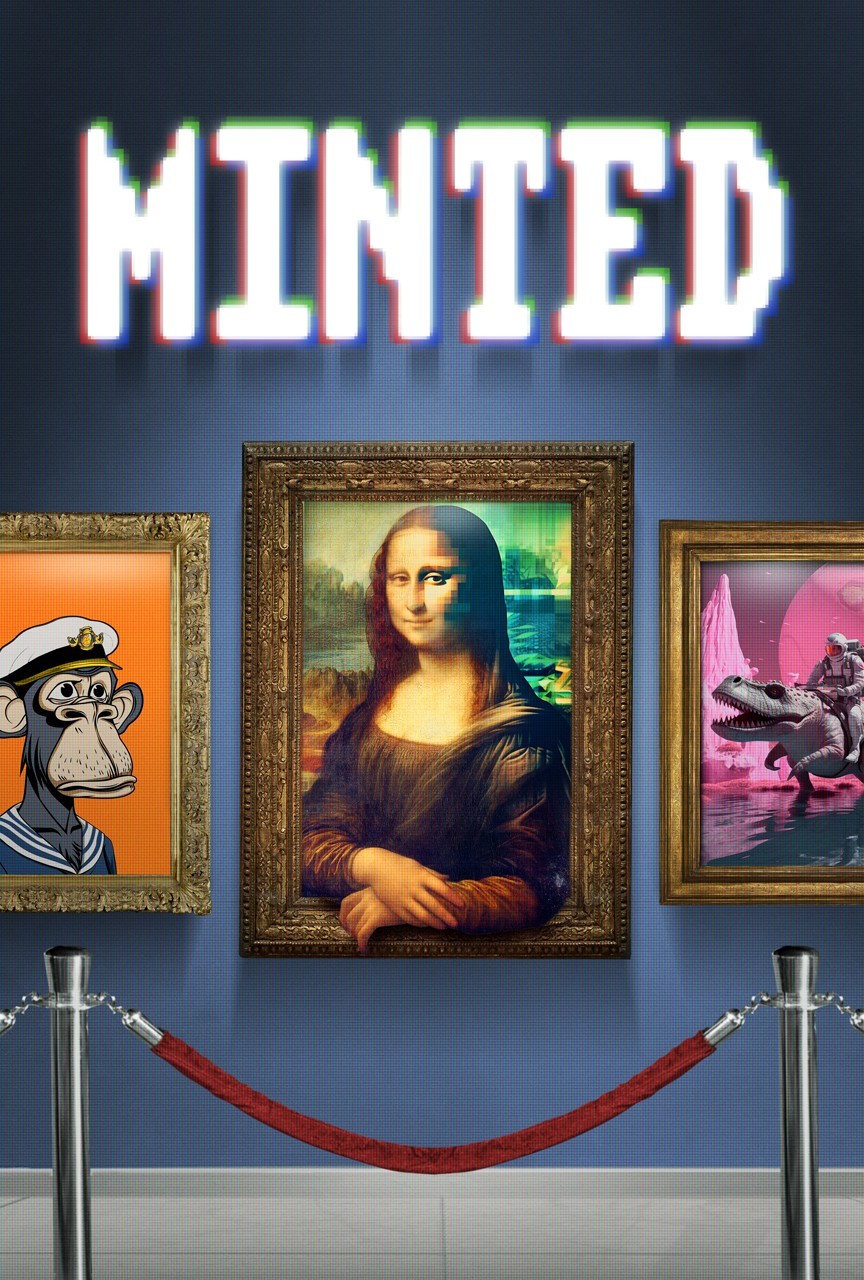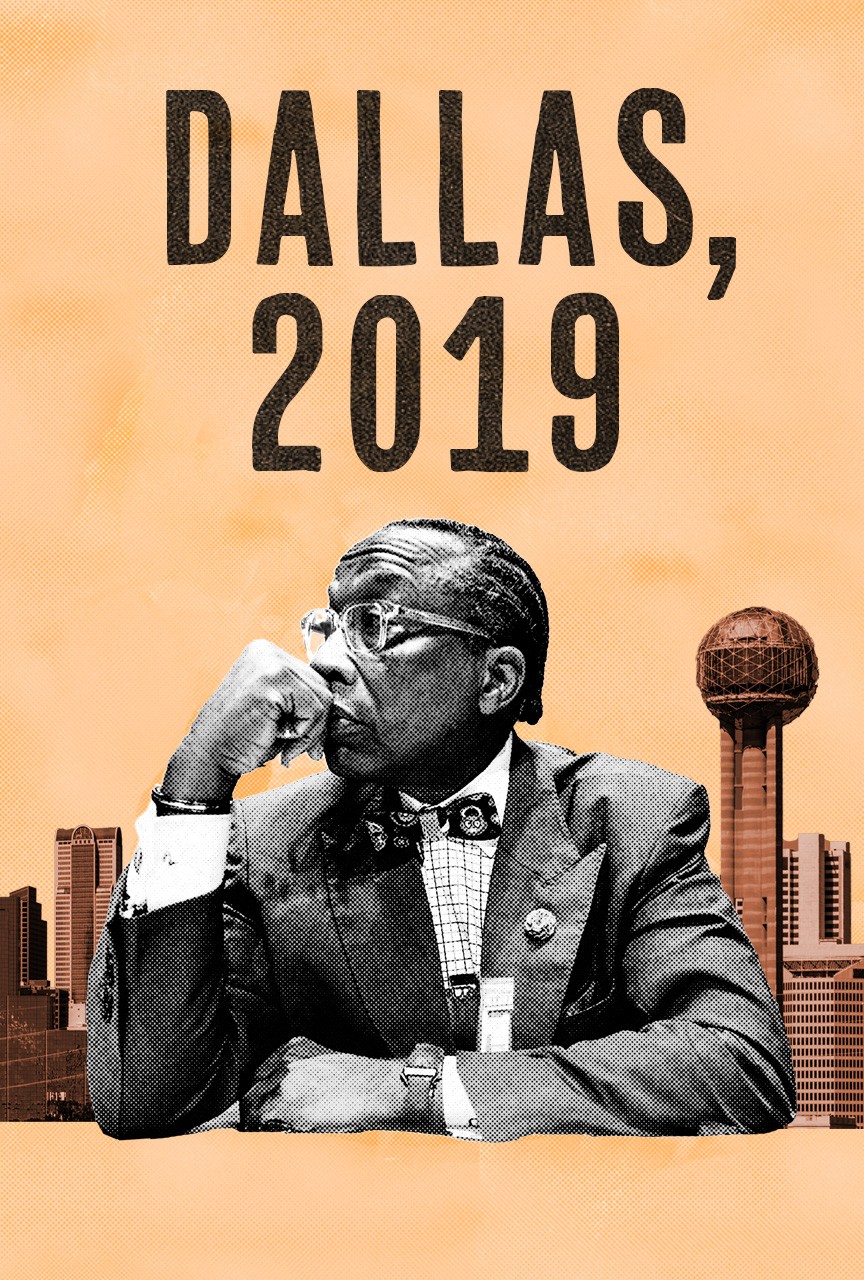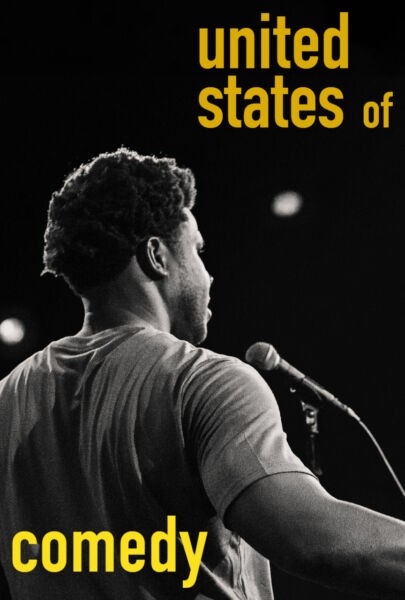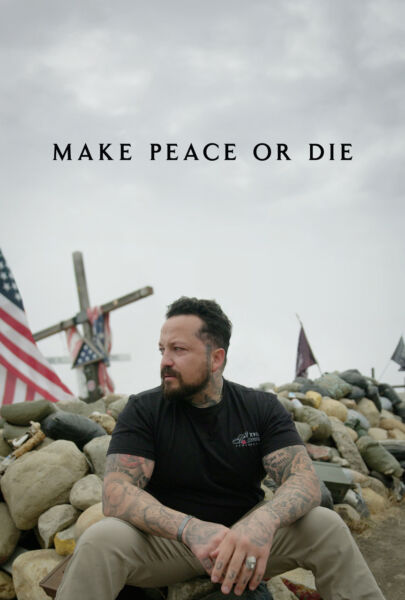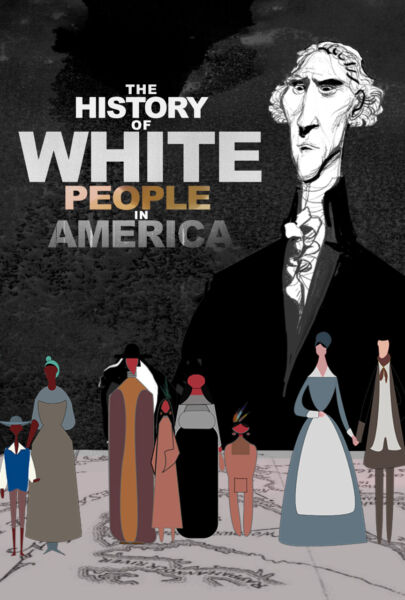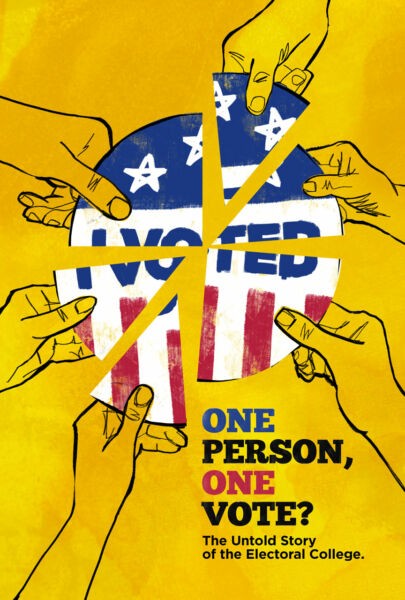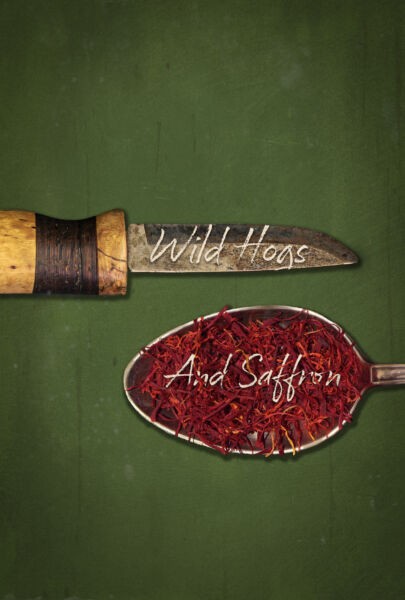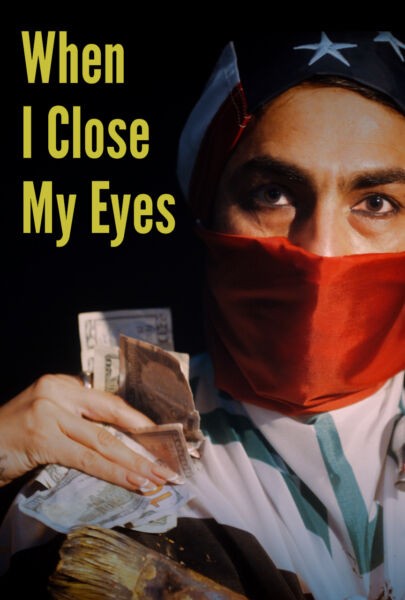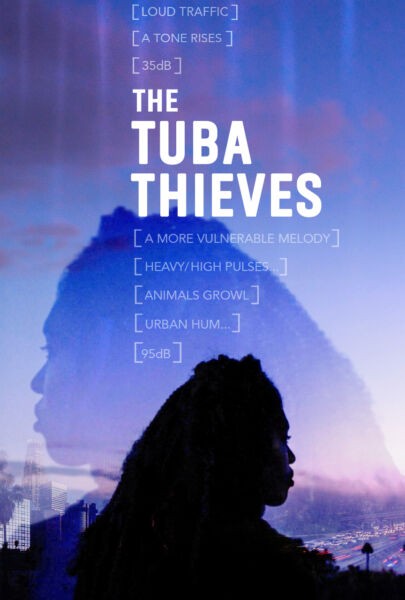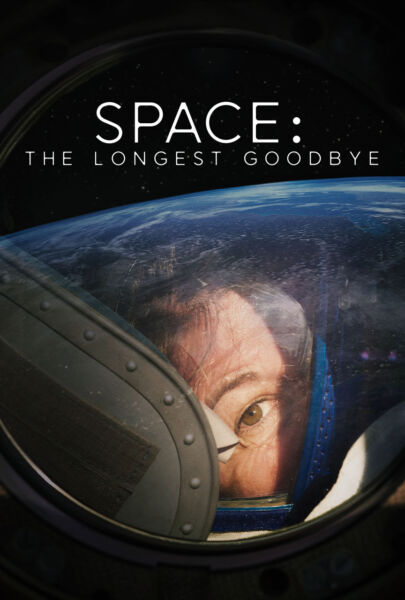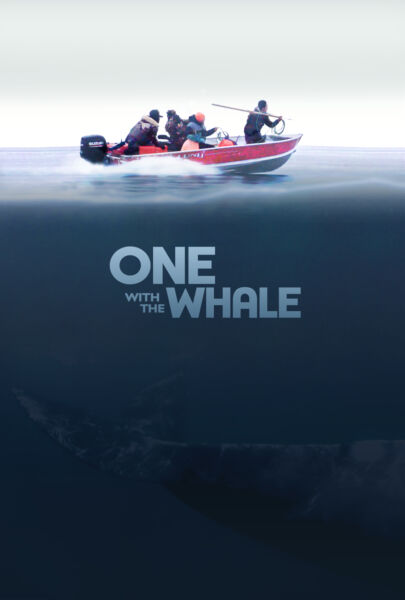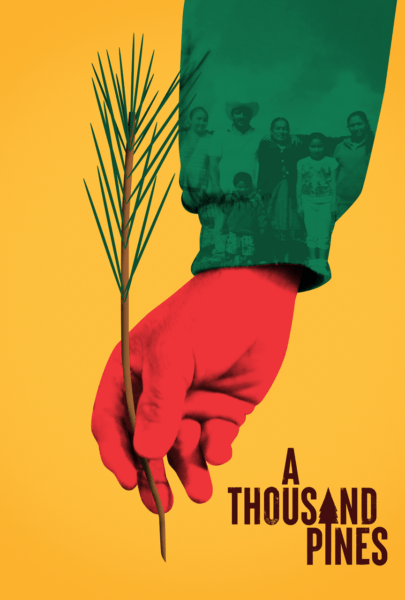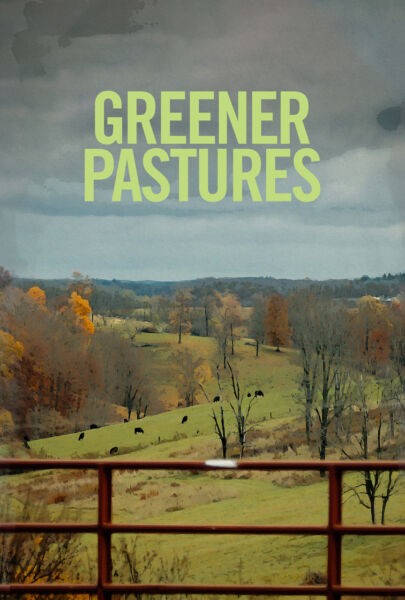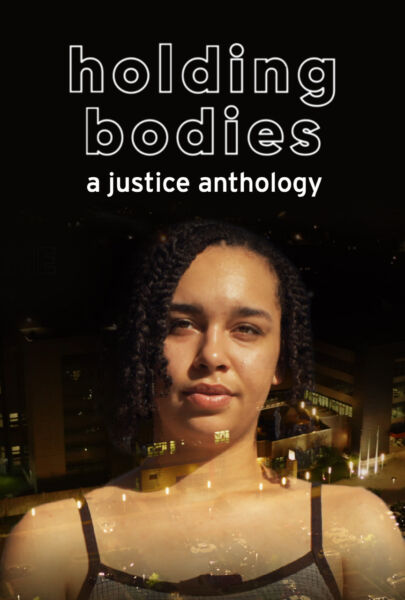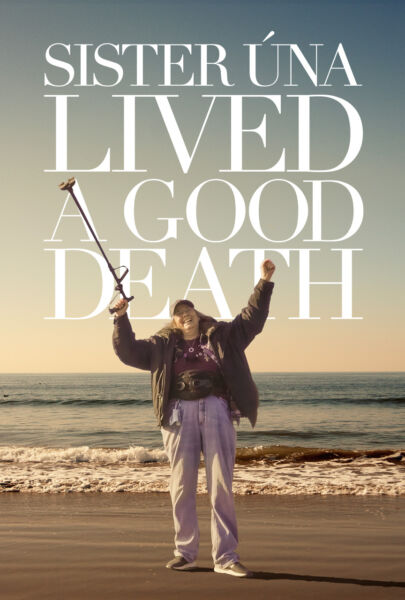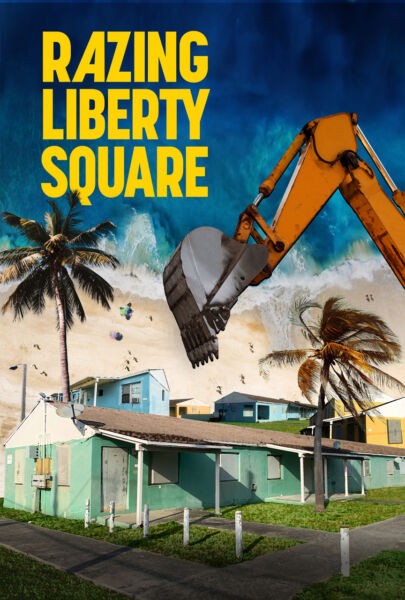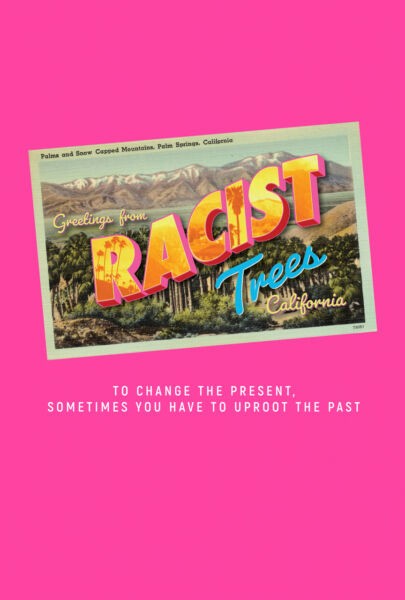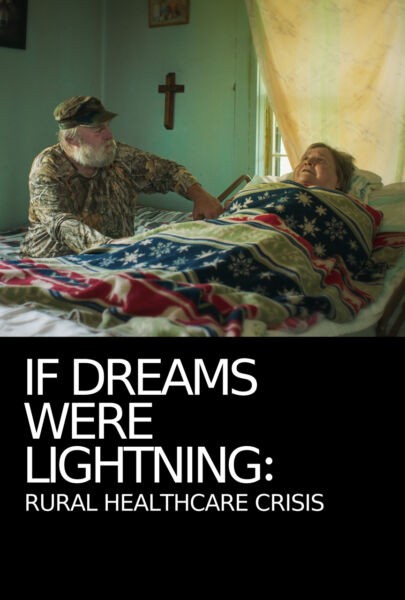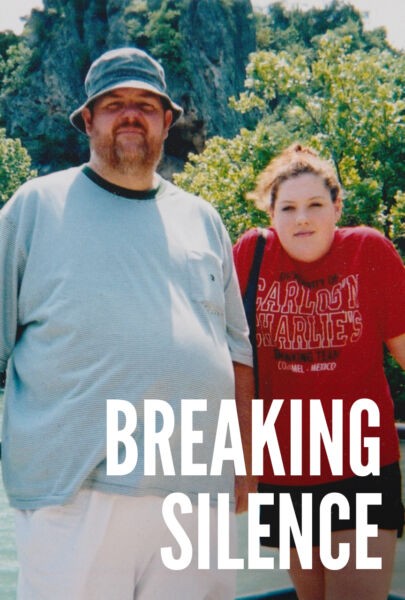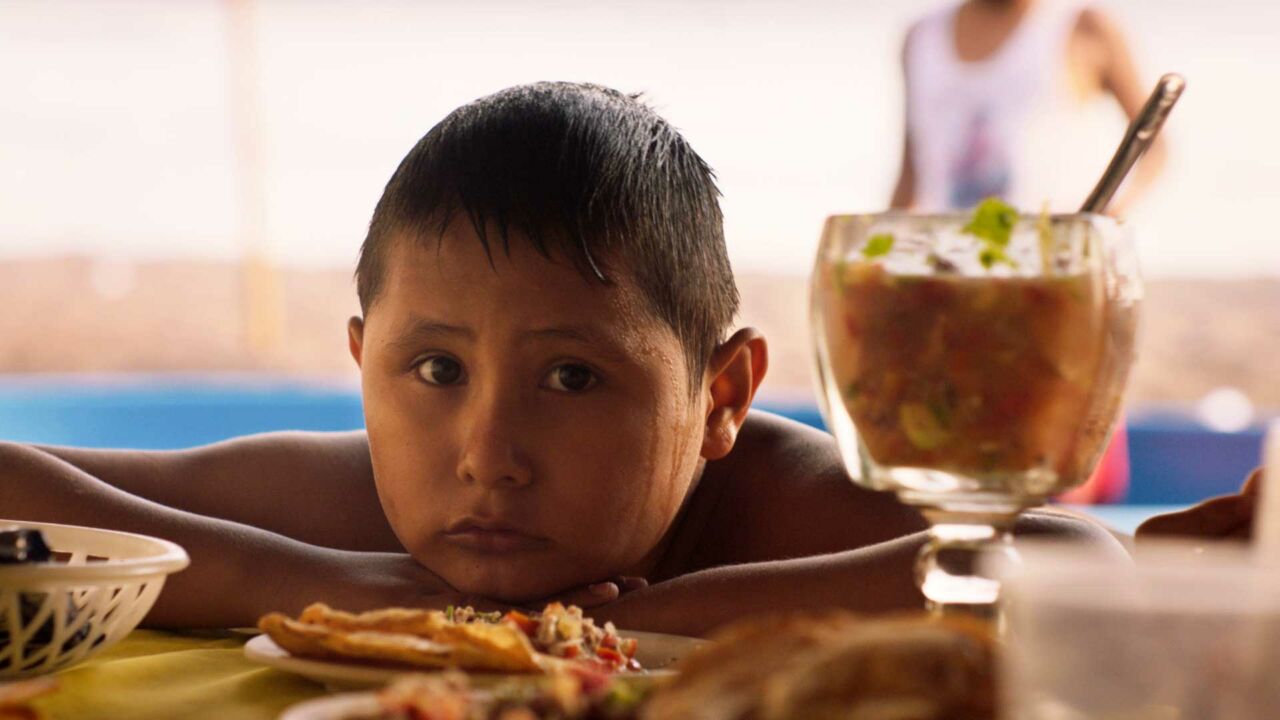
By Craig Phillips with Rodrigo Reyes and Sansón & Me team
The life story of a young man serving life in prison for murder, Sansón and Me is told through dramatic re-creations—featuring members of Sansón’s own family as actors—out of necessity of the situation, with its main subject incarcerated. After 10 years of work—and thanks in large part to the work of Camp Grace, a powerful California program that helps incarcerated fathers repair their relationships to their children through reconnection—Sansón was finally able to watch the film.
What did Sansón think of the documentary reenactment? Sansón talked to us about the experience of watching his life unfold on screen through re-creations.
What was the experience of watching the documentary Sansón and Me like?
Sansón: There were nine prisoners, counting myself, at the screening. Camp Grace is an environment where I feel comfortable and at ease, I care about the people here a lot. They know me and I know their stories.
Before the film started, I gave a little speech, talking about how the film started and how I got to know Rodrigo. I said I hoped they would enjoy the movie and maybe could learn something from it. At the end, everyone clapped and asked lots of questions.
One of the program leaders said to me, “Sansón, your story makes you strong.”
What did you learn from the storytelling process?
My uncle said it in the movie: “How can you be in somebody’s life and not understand their story?” And not until he worked on the movie was he able to live through it and understand me.

Did anything surprise you after seeing the finished documentary? After all, 10 years of work are suddenly summarized in 83 minutes.
That’s a good point. I had imagined a three-hour story, with all the details of my life. But the finished movie jumps from one main point to another, and it’s because you do not have the luxury of telling every detail of how we got from point A to point B, and on to point C.
I thought it would be just a story, like the other documentaries I have watched. But I’ve never seen anything like it.
How did you feel having your family participate in the making of this film?
I think it was good that my family acted in the movie. I was very happy to see them. While I know their situation and it is not new to me, it is more meaningful that my own family reconstructed my story.
I thought about this as we were making the movie and hoped that in the future, when they can see it, they can learn something from it.
Are there any scenes that stood out for you when watching it?
That scene when I am sleeping on my parents grave and my mom and dad show up. I almost cried then. The truth is that I did cry, why should I lie about it?
And the scene with my dad’s funeral, when he is in his coffin. I felt like I was there, walking through the people.
I loved the scene with my son, when I see him lying in bed as a baby, before going to work. Everyone in the audience at Camp Grace loved that, too.
The actor who plays me as an adult, Gerardo—well, the audience agreed that we don’t look alike. But he is educated, reserved, and has a low voice, just like me.
And what was it like seeing the places where you grew up?
I relived my childhood memories, when you are carefree. You can remember nice things but also ugly ones—[but] not everything was terrible. On the beach, running on the sand, riding boats on the ocean…
Mexico is this way, we are full of art; even the ugly things are pretty.

How did you feel with the way it portrayed your friendship with Rodrigo?
You can tell that we were supporting each other. But I missed more things from his side, to round out his portrait a little more.
But I imagine that when Rodrigo was curious to know about the life of Sansón, he was not trying to exploit that person, he wanted to know more about what happened. He did not see Sansón as just a person who committed a crime.
No one was forced into this. I knew what it was all about, and it helped to heal and make this big thing, and also help my family.
A friend is not made with just the good times. You need the bad ones to show you if it can keep going.
What do you hope viewers take from the film Sansón and Me?
I actually hope viewers see the reality of this process, that anyone can have a hard life, but I believe this should not define who you are.
I made this story, with Rodrigo’s help, so it can fly across the world like a little bird, just like it says in the movie.
How are you doing now?
I am doing real good, I am blessed. I am working on my education, trying to get a degree in Administrative Justice, working with Rodrigo on a short film with Stanford University, and with the folks at Represent Justice.
I am collaborating with the Prison Journalism Project, and my friend Marcos and I are involved with our group, Life Worthy of Purpose, here inside Tehachapi State Prison.
Thank you to all the groups and people who have helped in this amazing adventure for all the men in California who were condemned to die in prison.


